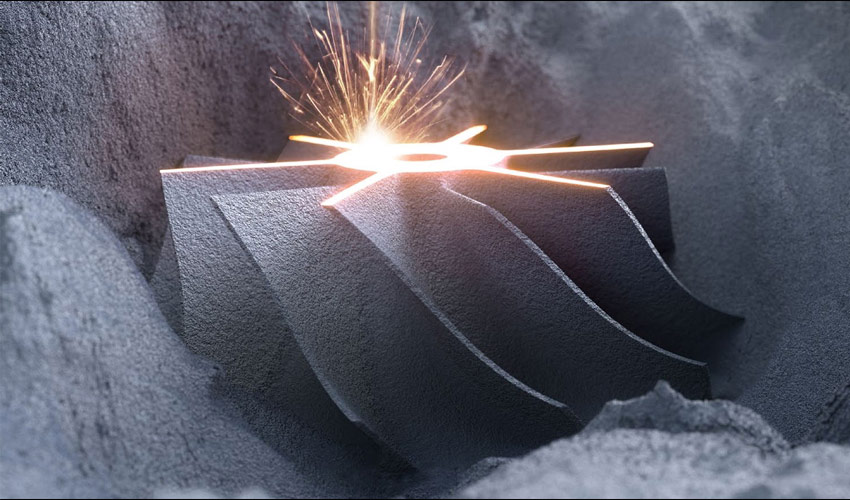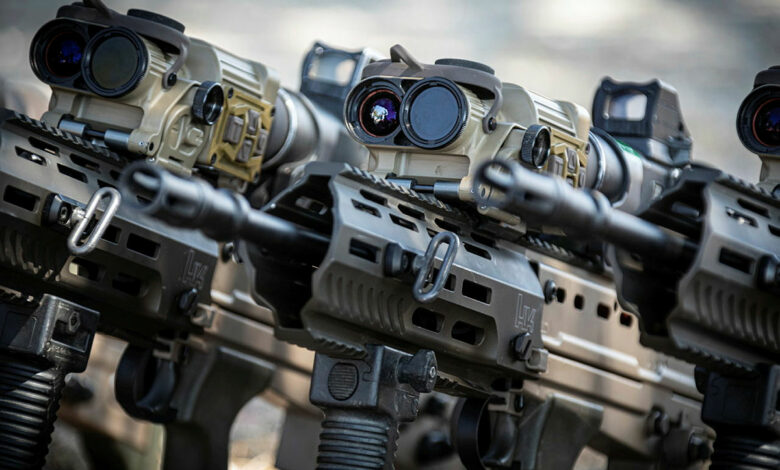The UK’s Ministry of Defence (MOD) is turning to 3D printing technology under its new “Project Tampa” initiative, an experimental programme promising £5 million of funding for weapons and military equipment.
The aim? To manufacture and print replacement parts for military equipment in the field, and reduce the cost of logistics by reducing the need to send equipment back for repair. MOD developed the new 3D printing process after recognising the importance of having readily available parts for the equipment in desert environments. Printing out replacement parts on location and getting them into the hands of the engineers can save time and money… and most importantly, lives.
MOD is now inviting defence contractors – which already have equipment/platform support contracts in place to provide MOD with NSN (NATO stock number) military spare parts – to join a new procurement framework that was first teased on April 4, 2022. Once they are part of the procurement framework, they will be able to bid for “limited innovation funding to conduct ‘spiral’ development tasks” under the seven-year framework.
MOD said in a September 16 contract notice that it wants the programme to start “accelerating the maturity of Additive Manufacturing technology to better exploit the technology within the end-to-end support chain, deliver a more agile response to demand for parts, and begin to generate the inherent efficiencies that this technology promises” but it is putting a highly limited pot of money into the Project Tampa framework.
Using 3D printers in field locations is a relatively new concept, but MOD has successfully managed to implement 3D printing in several of their research projects over the past few years. The MOD team showcased some of the different types of components that they’ve created using 3D printing technology and explained how this technology has helped them to develop key military products, such as soldier protection and military helicopters.
MOD’s new initiative also aligns with the UK Government’s commitment to establishing Britain as a global hub for additive manufacturing (also known as 3D printing). The Government already funds 15 centres of excellence around the world to help drive innovation and growth in this important sector.
New funding will help to accelerate the adoption of 3D printing across industry and allow businesses of all sizes to reap the benefits of this exciting new technology.
So, what makes 3D printing so useful?
Well, there are some great advantages that make this technology an attractive choice for all kinds of industries. The main advantages of 3D printing include lower costs, shorter lead times, more flexibility and greater customisation.
These benefits can help companies to produce high-quality products more efficiently and reduce their overall production costs. As a result, these companies will be able to increase their profit margins and ultimately improve their competitiveness in the marketplace. In addition, 3D printing can also help to reduce a company’s environmental impact by eliminating the need to manufacture products in larger quantities and by reducing the amount of waste produced by the manufacturing process. And because it’s much more cost-effective than traditional methods, it makes it easier for small and medium-sized businesses to incorporate 3D printing into their operations.







